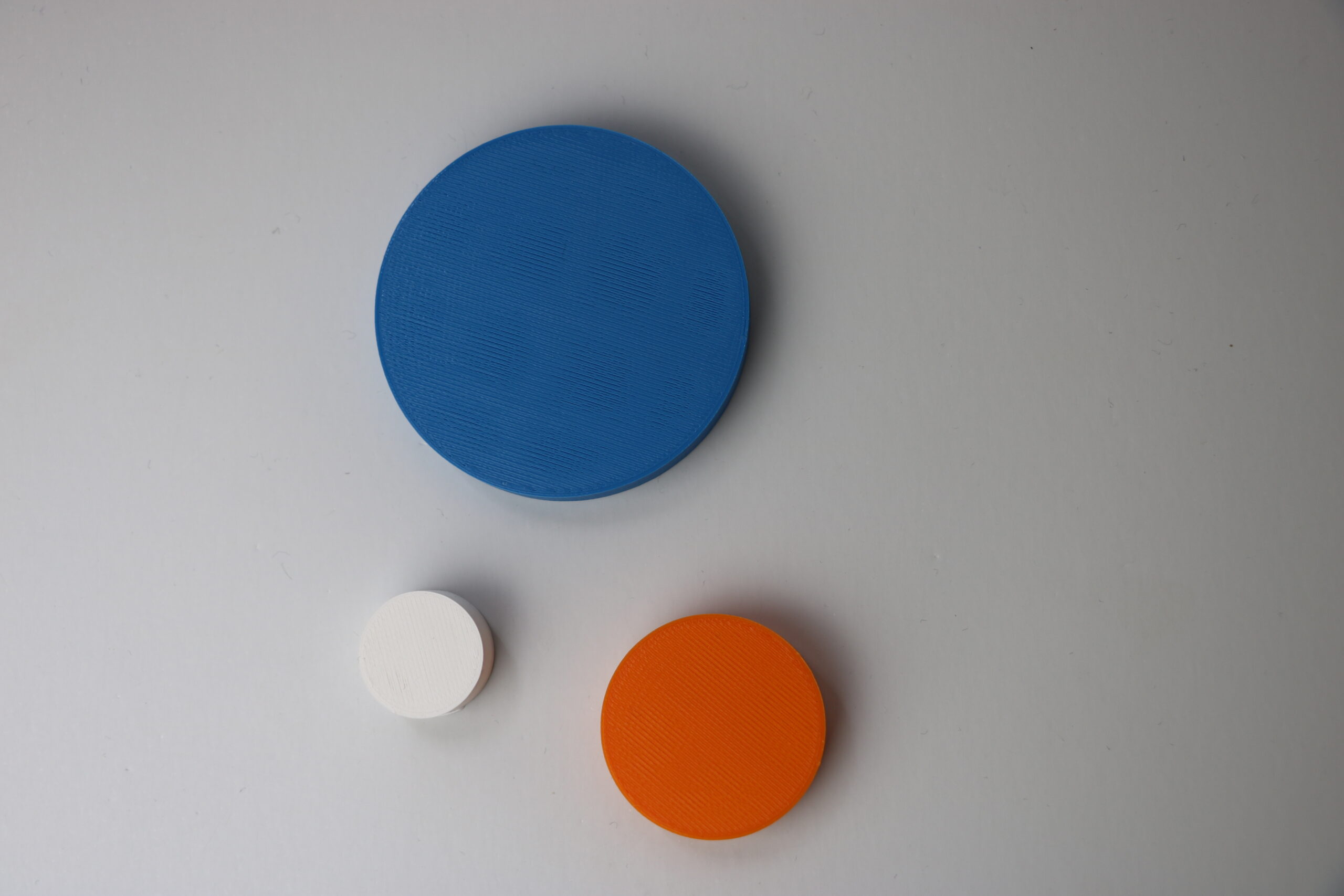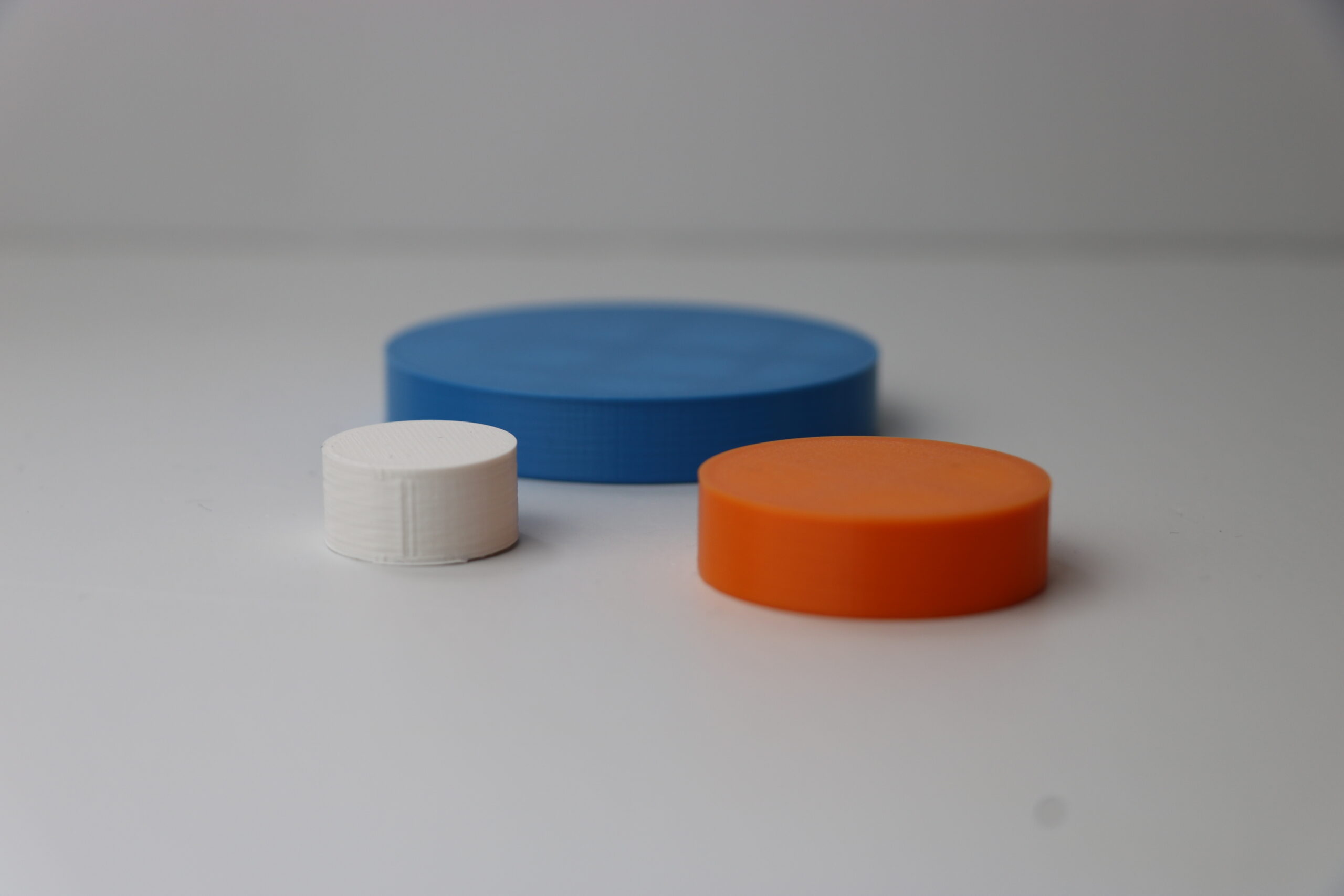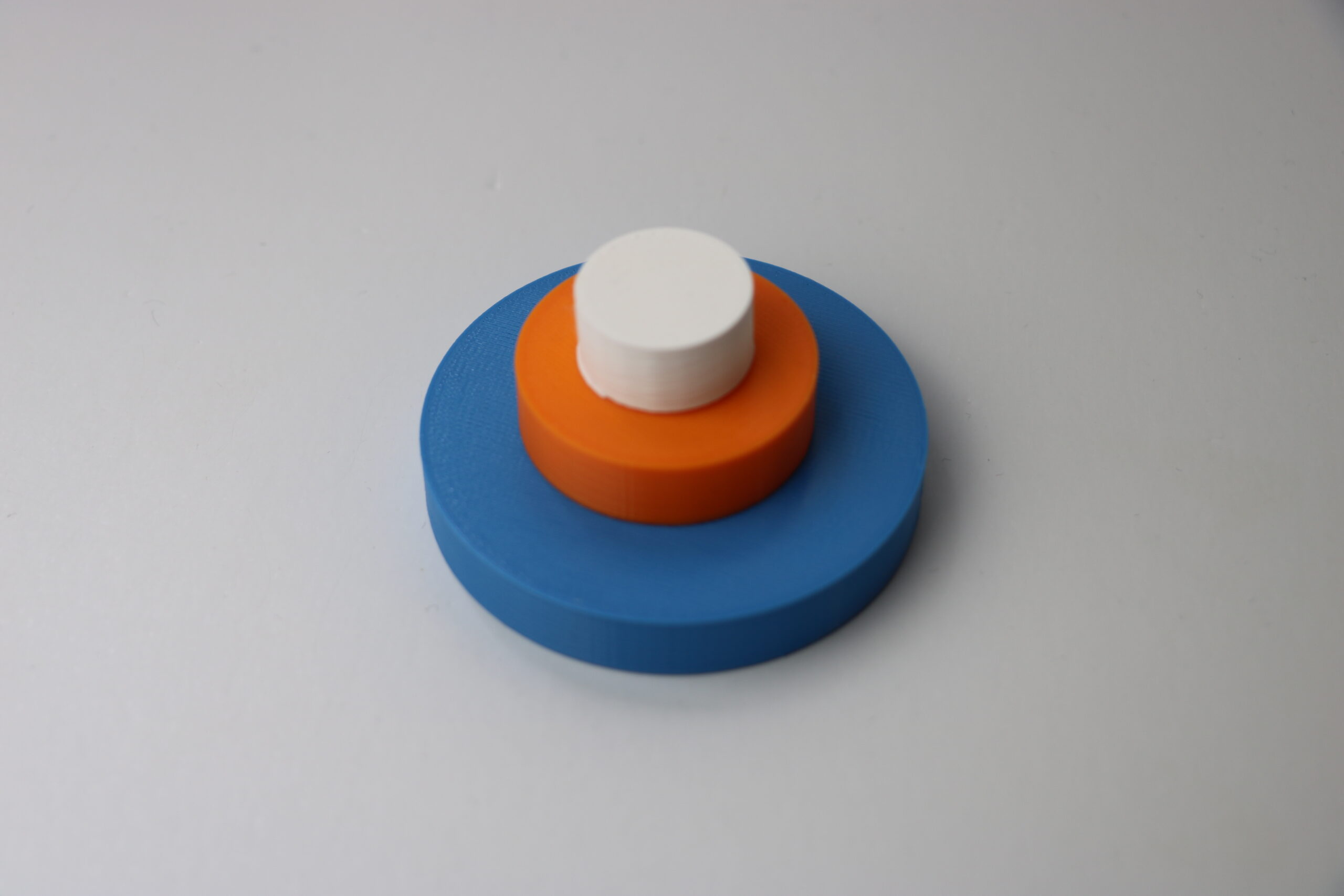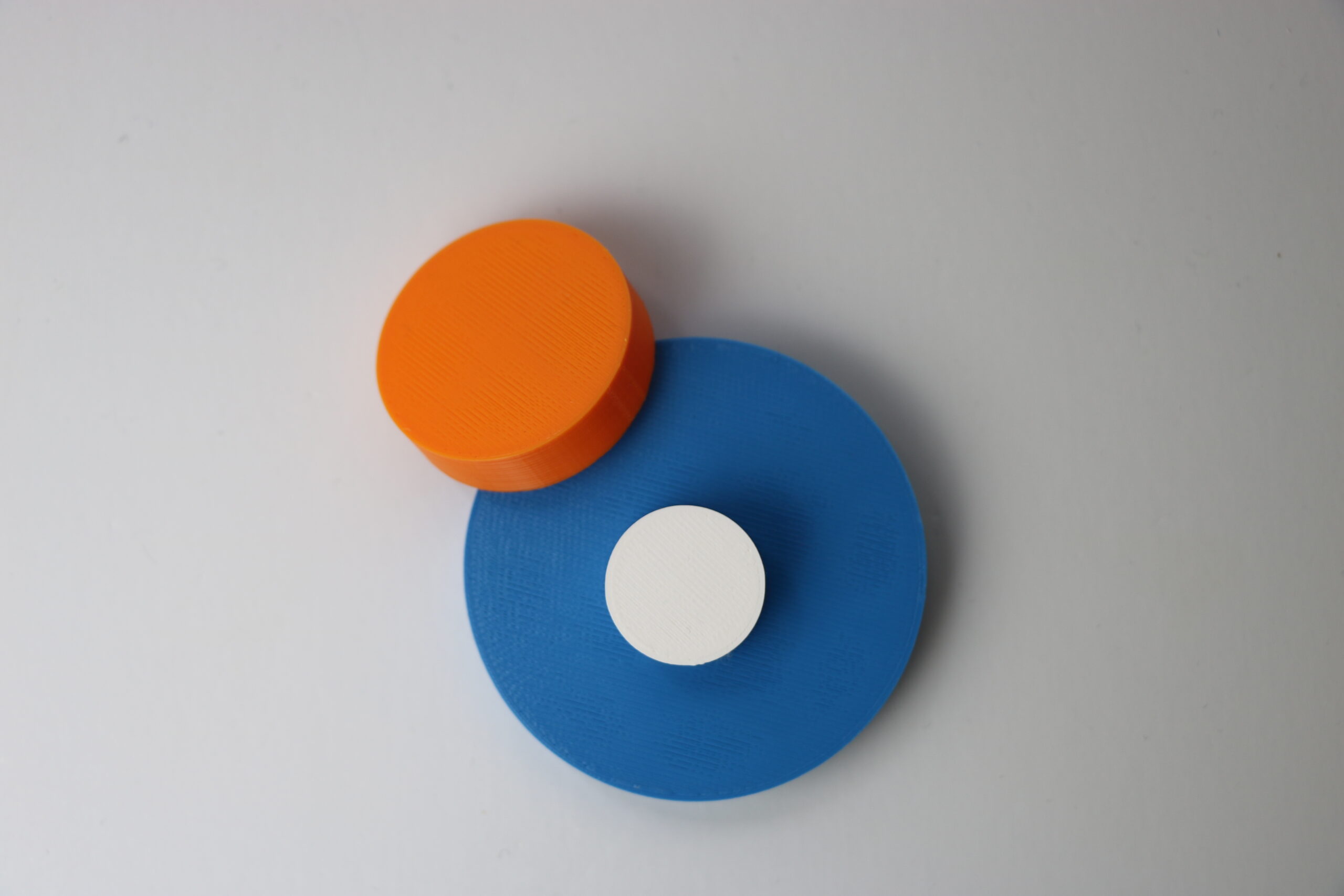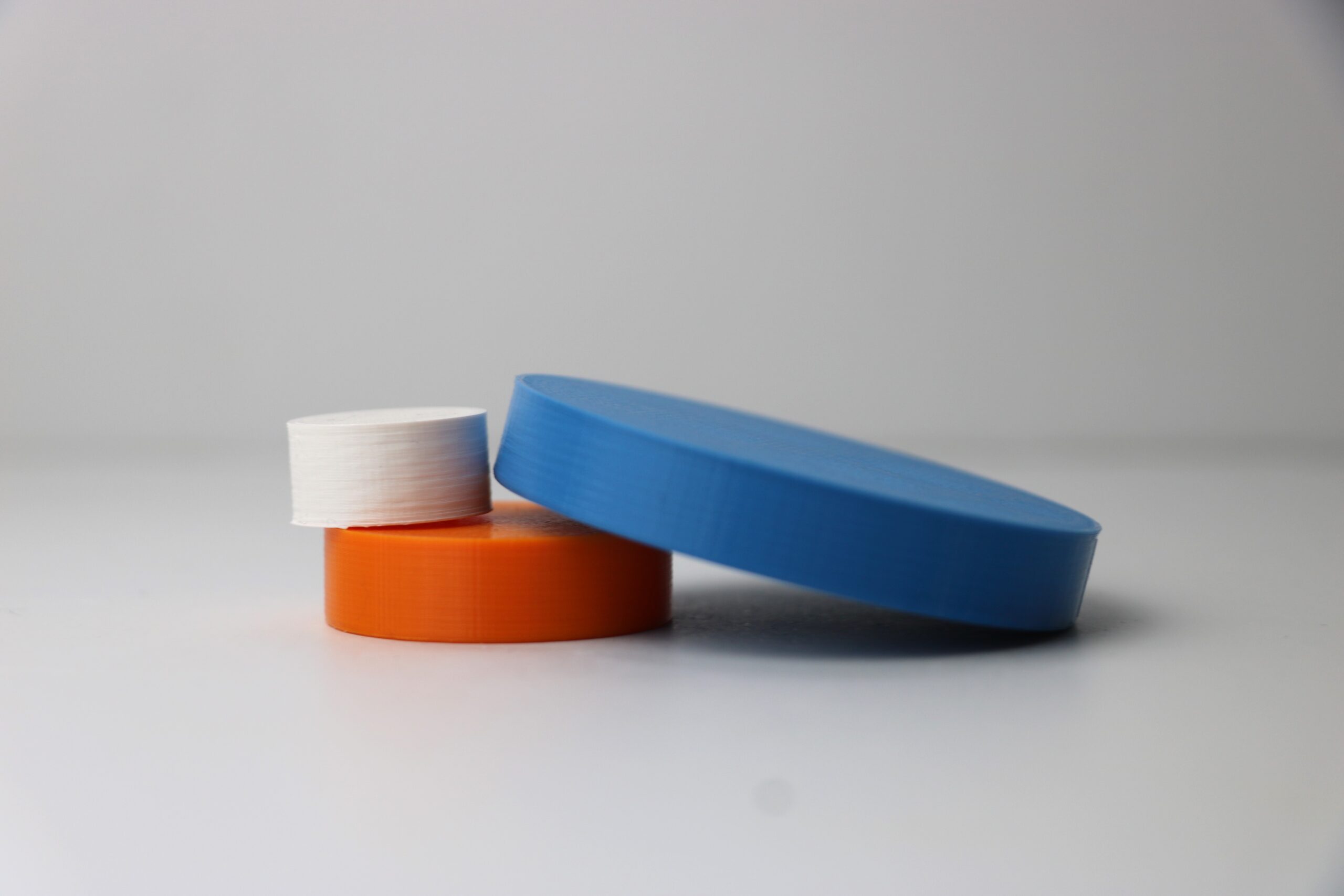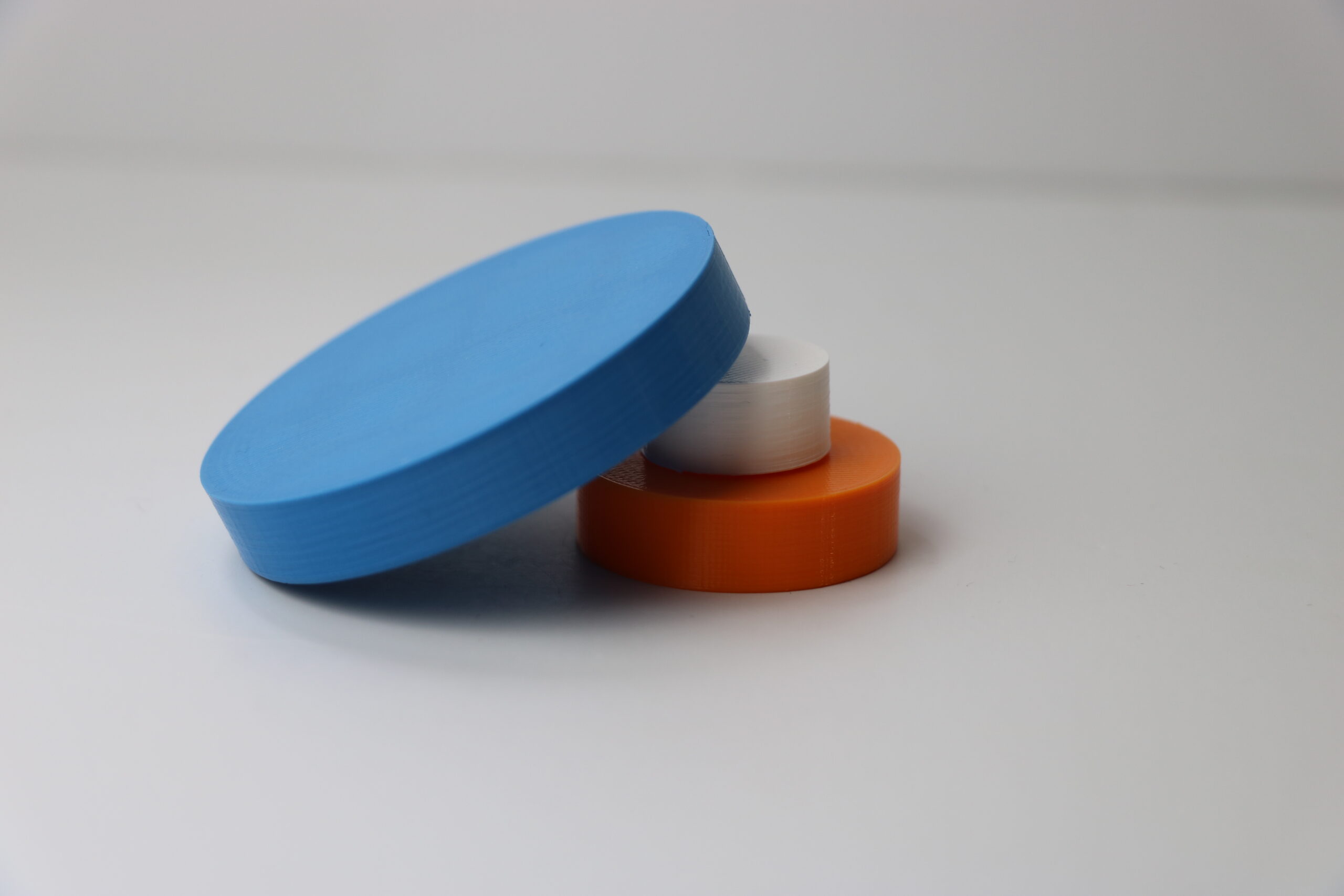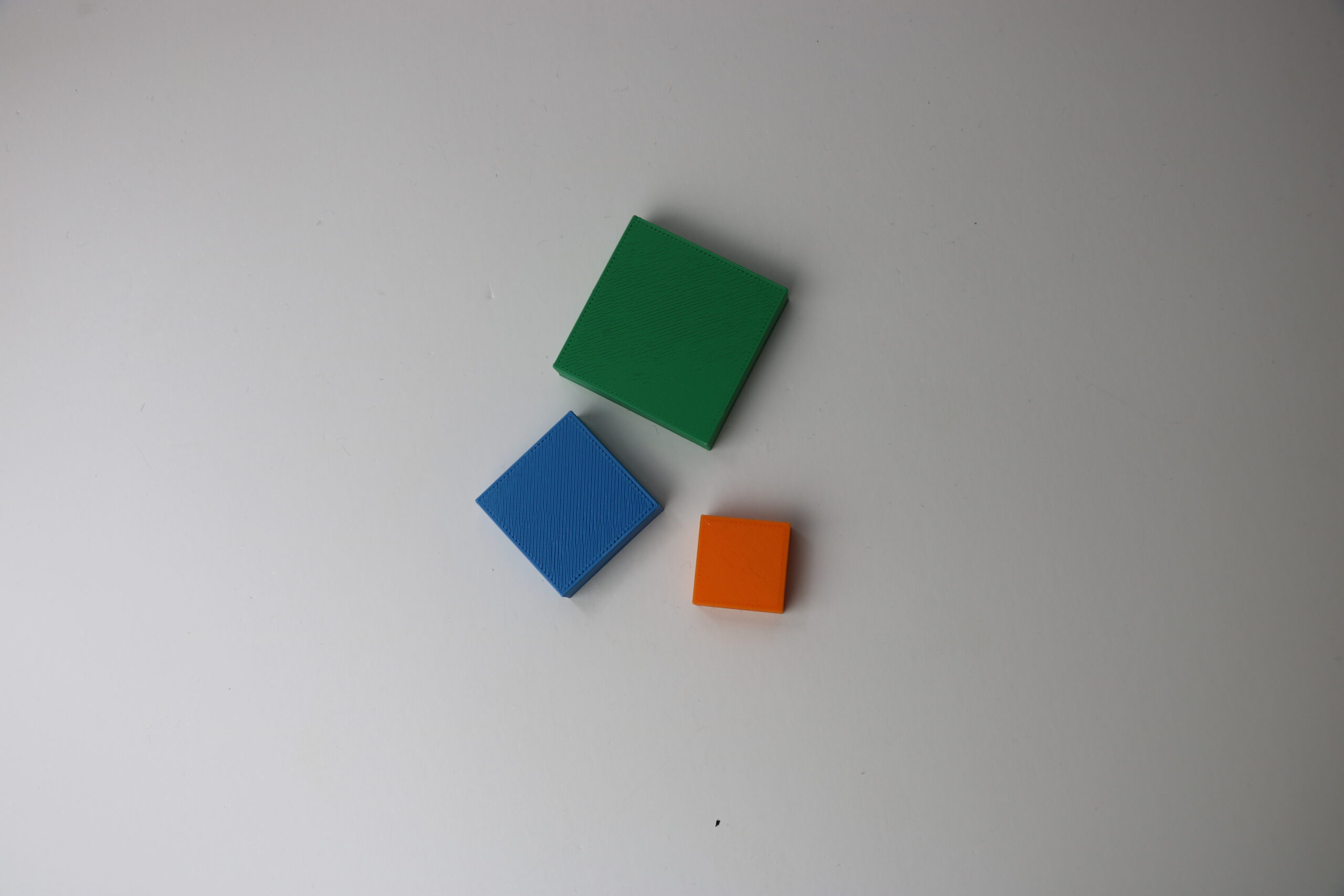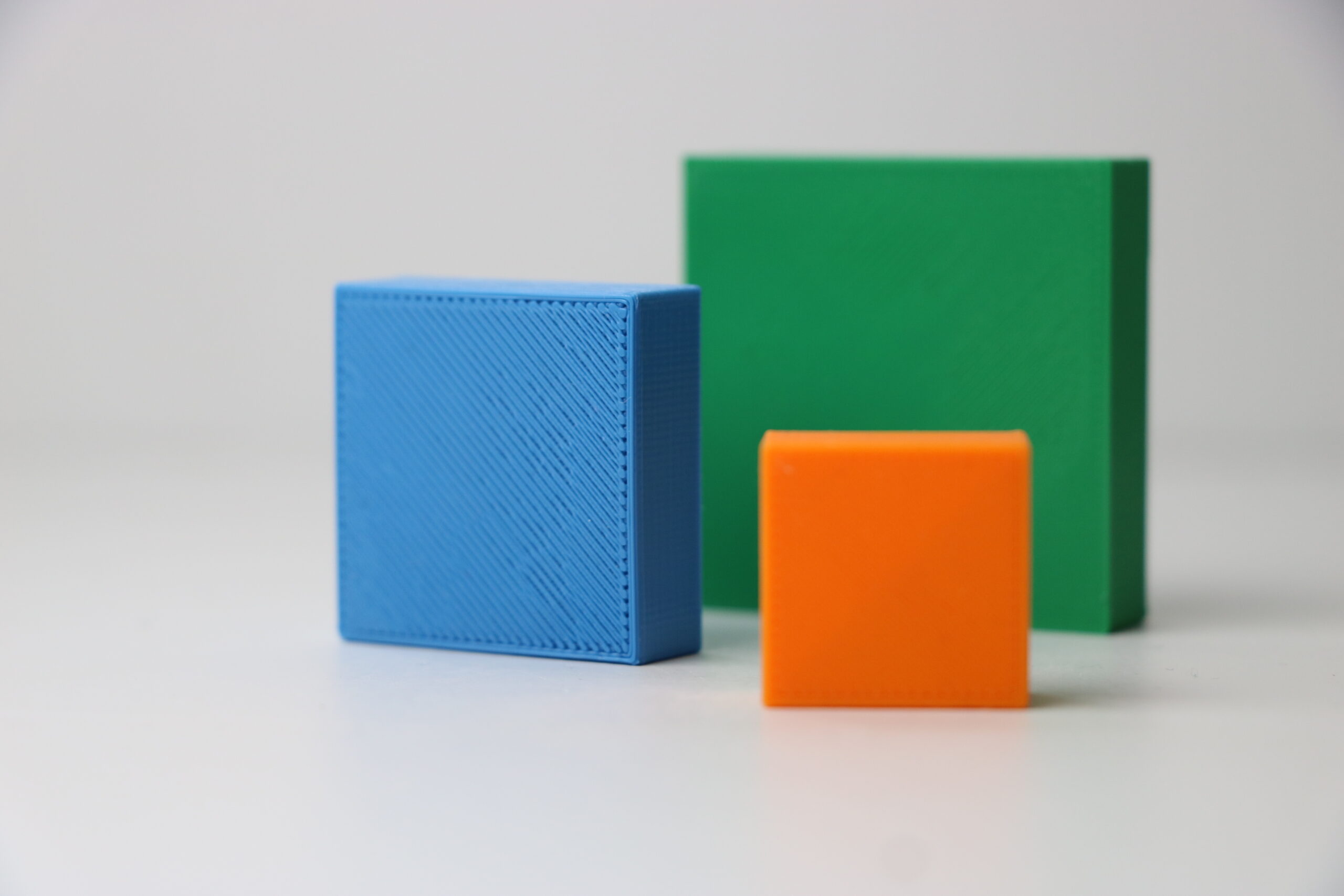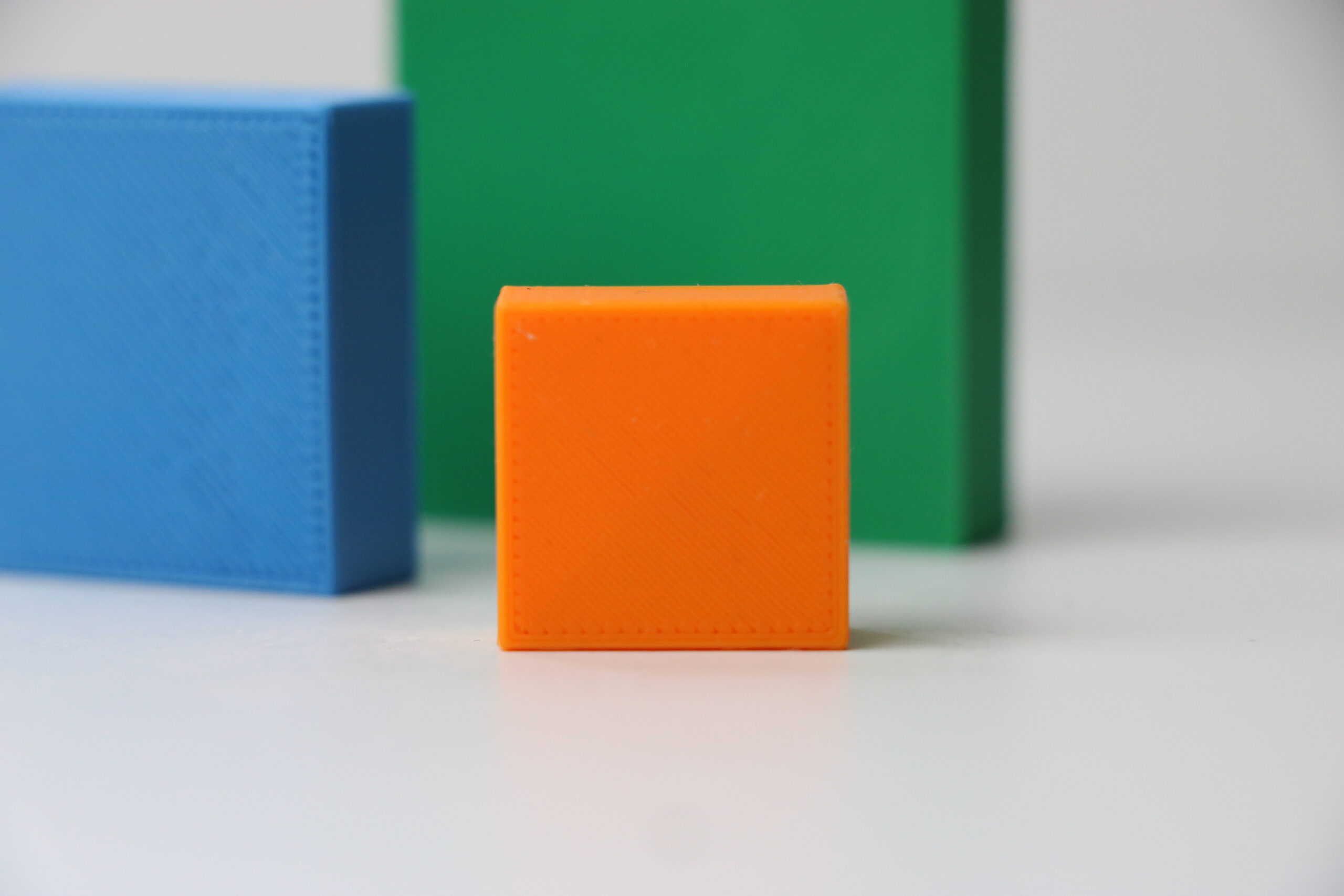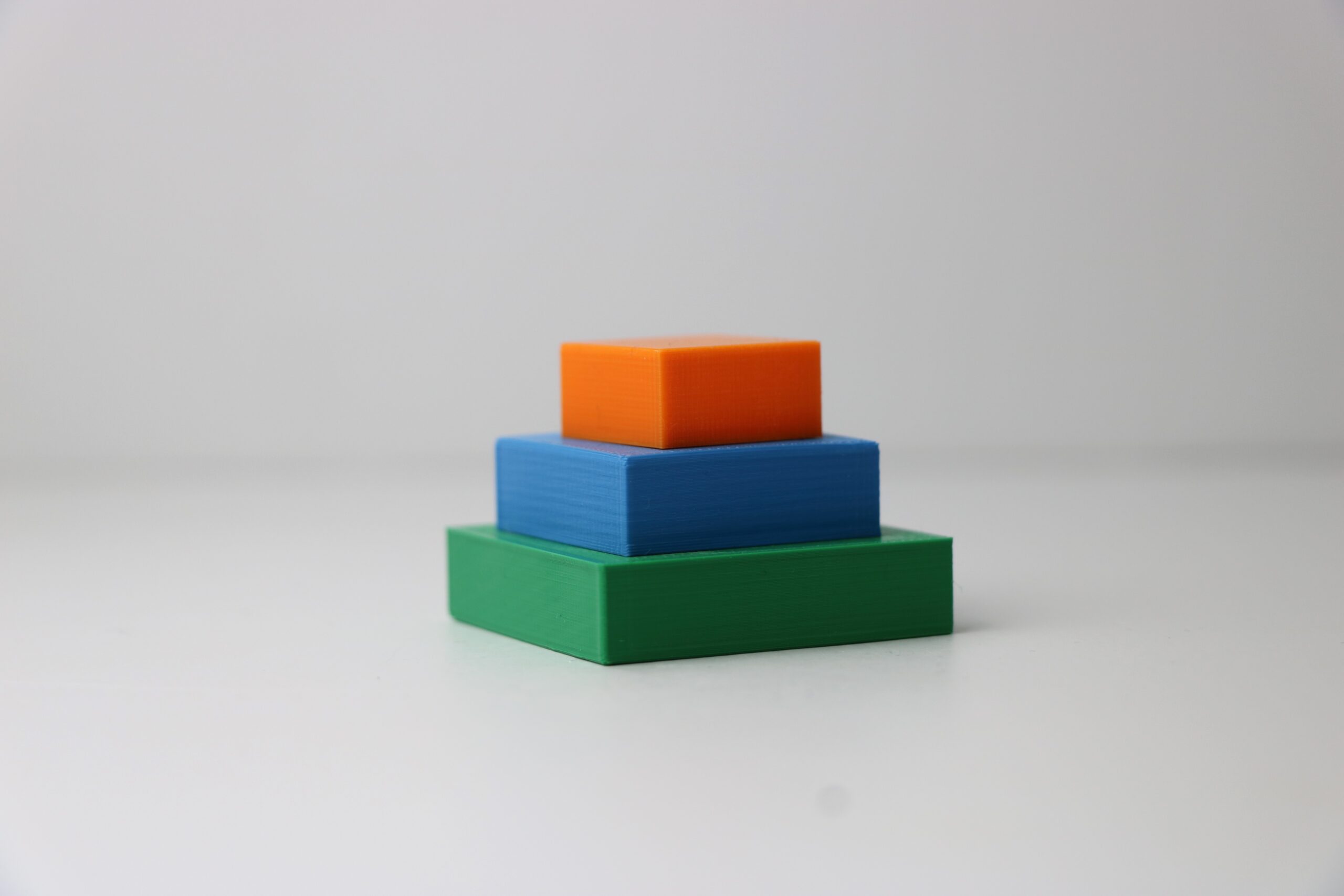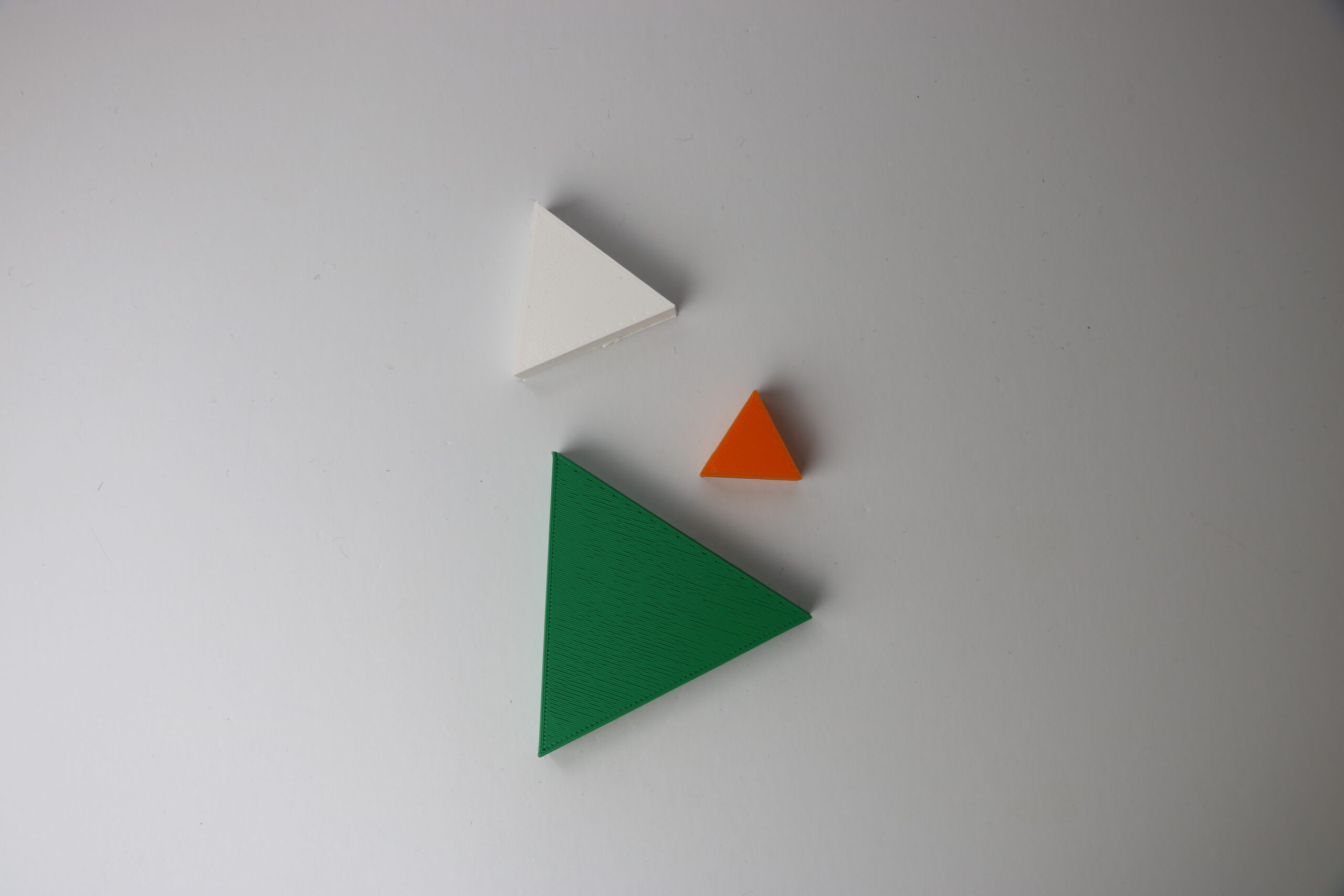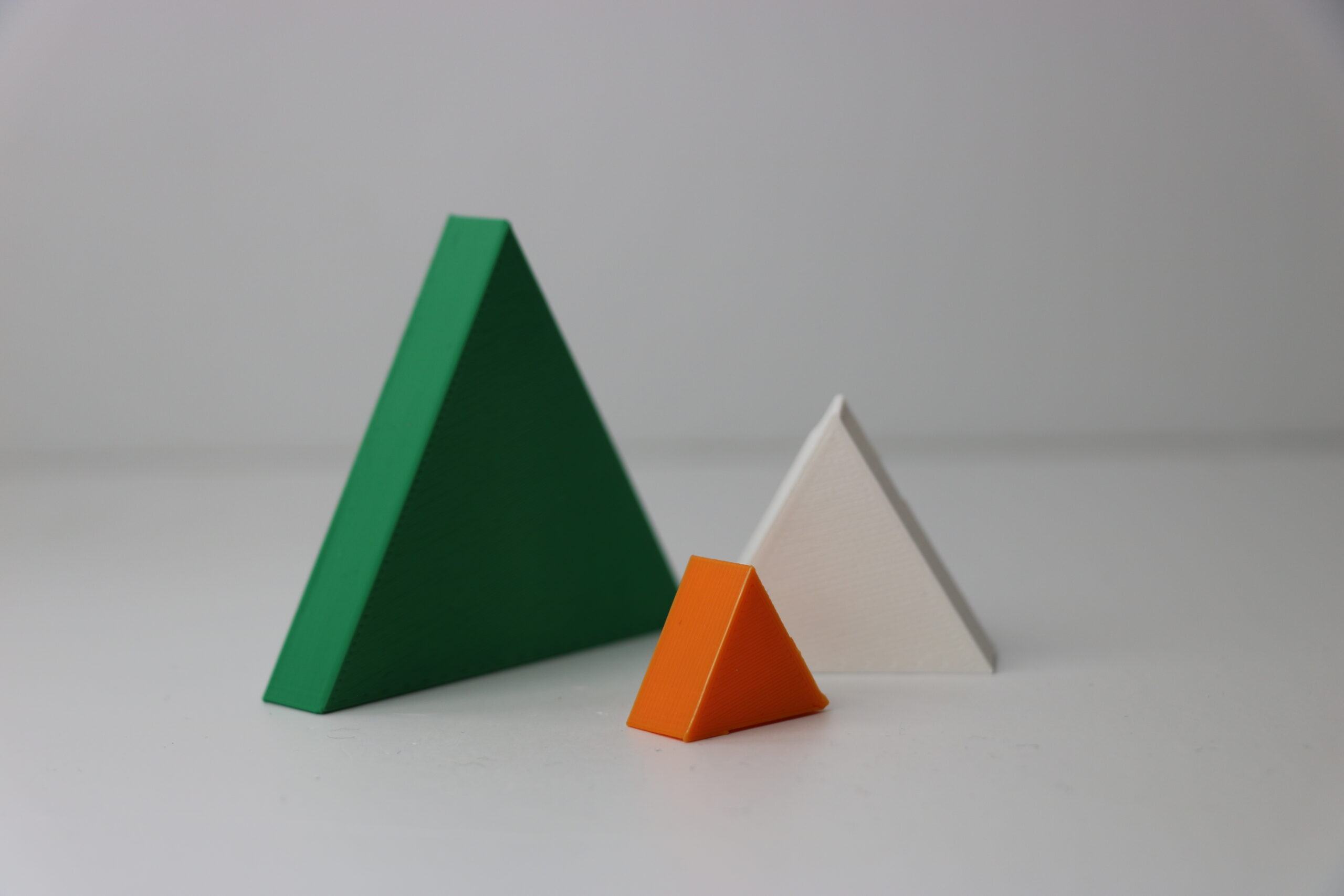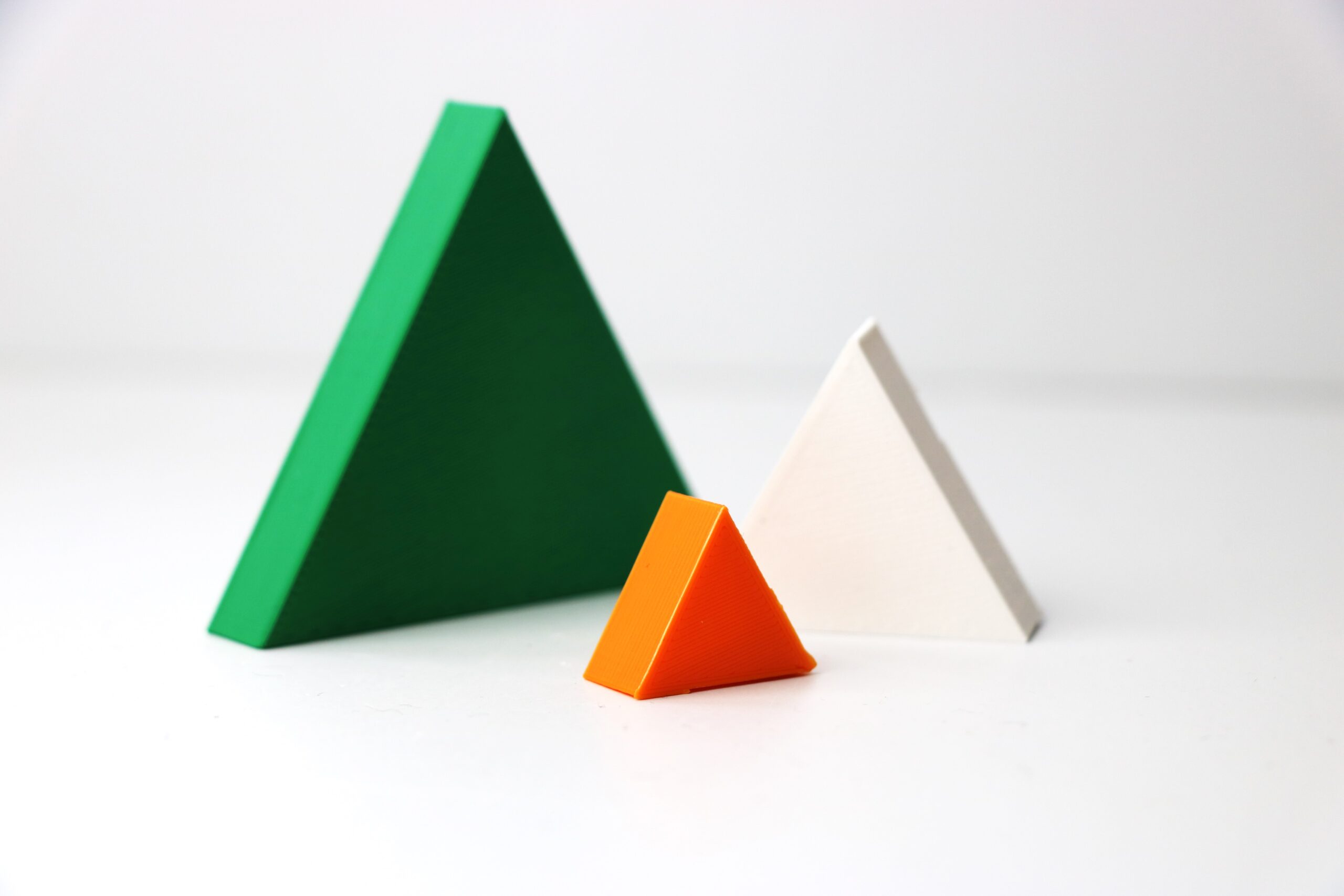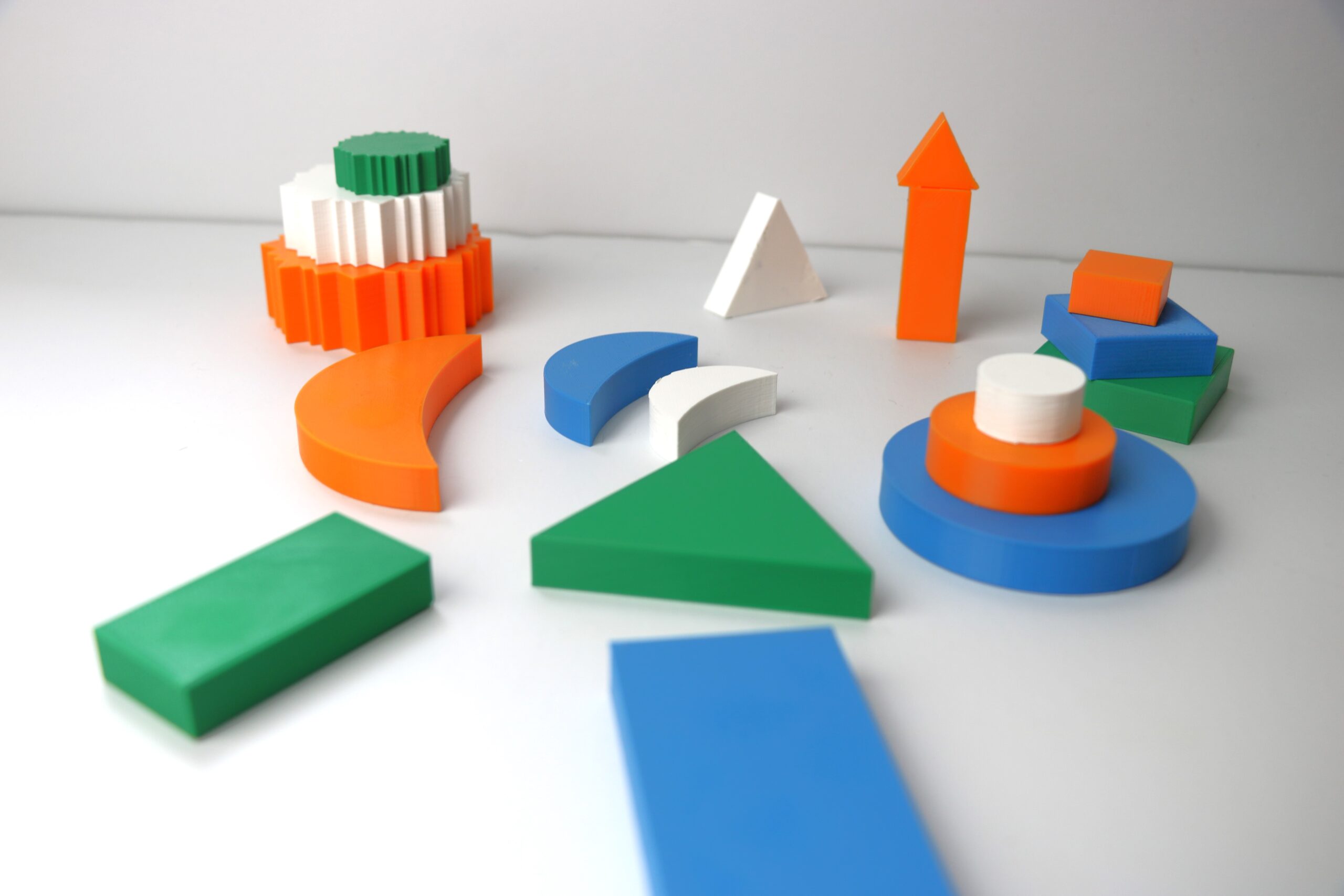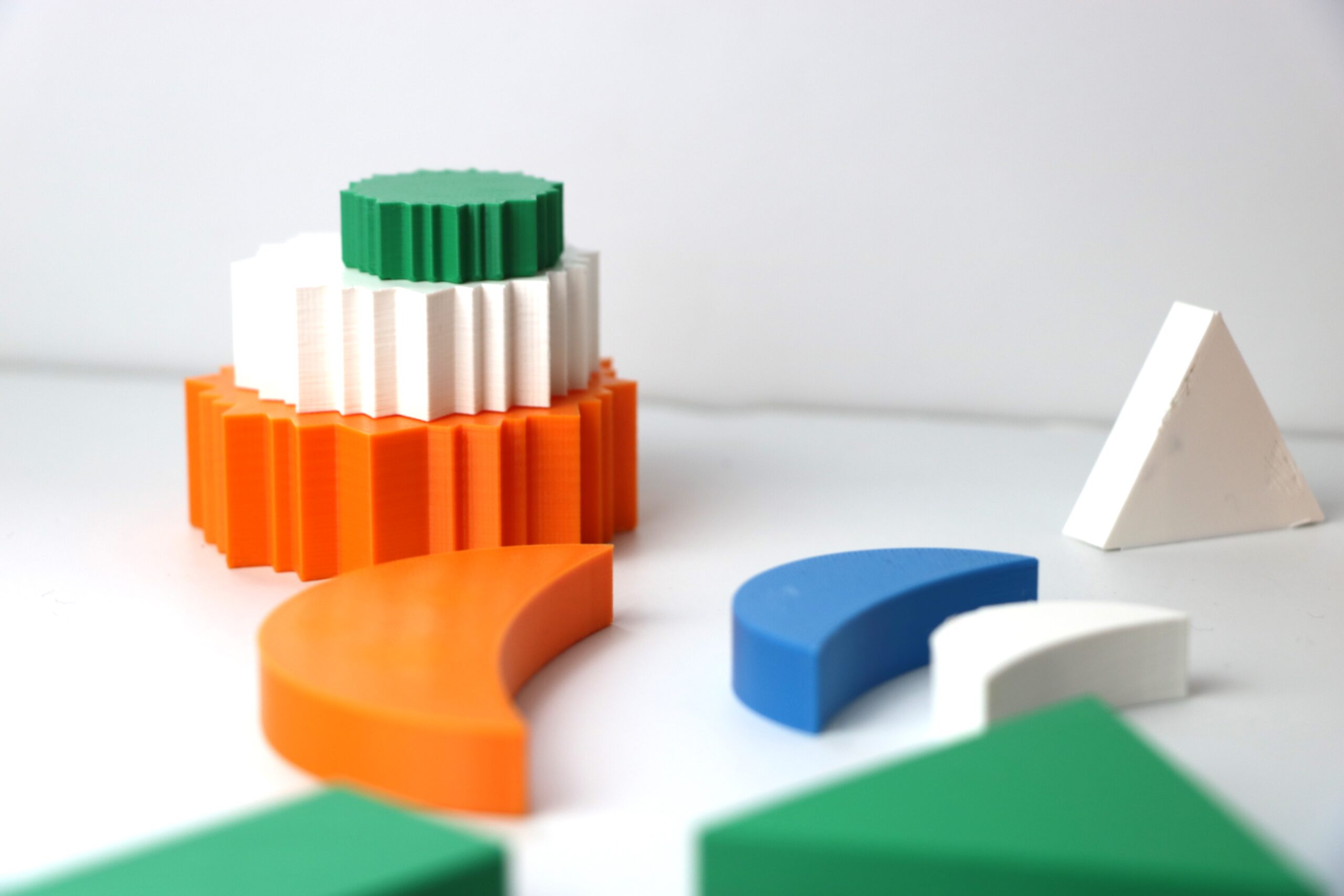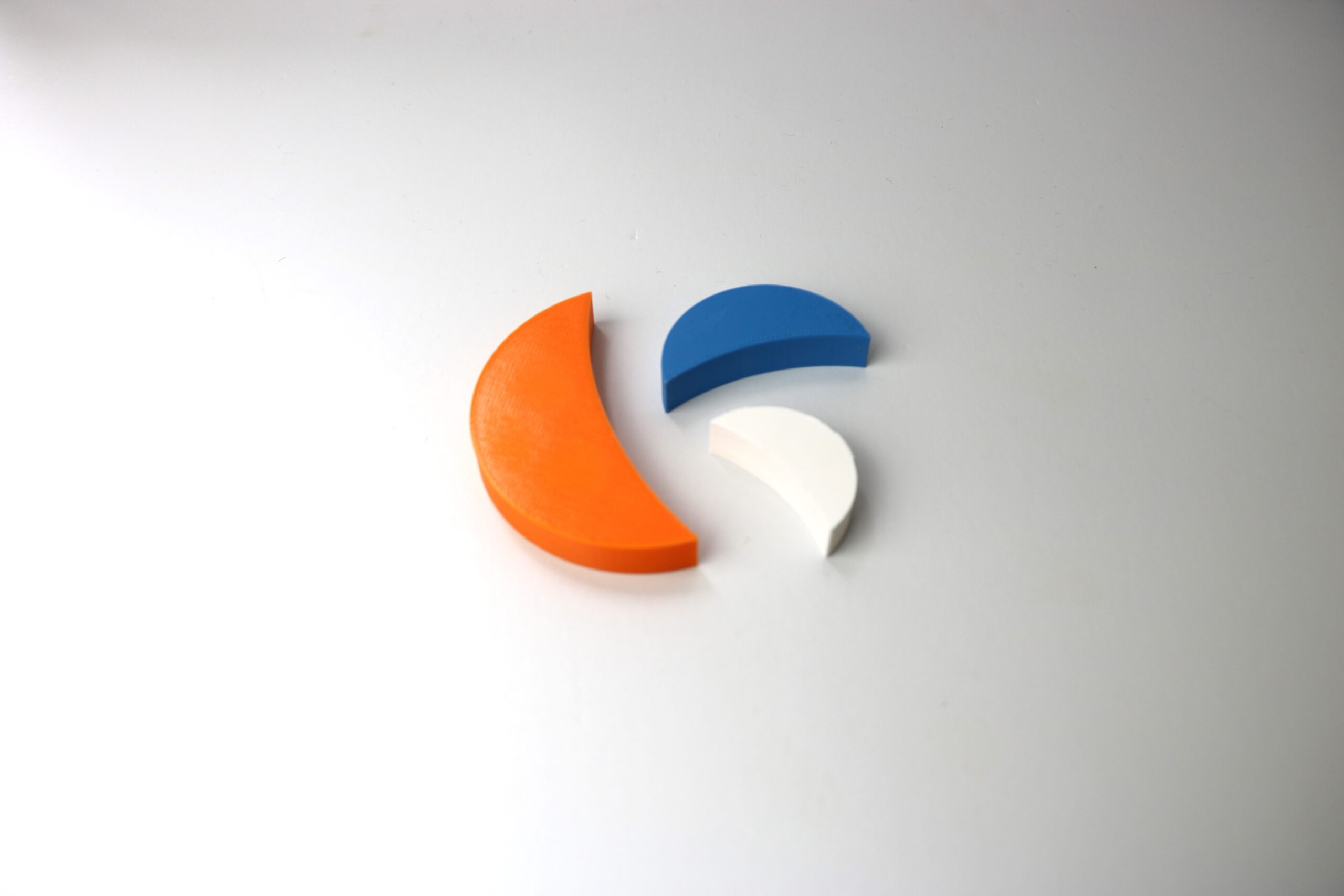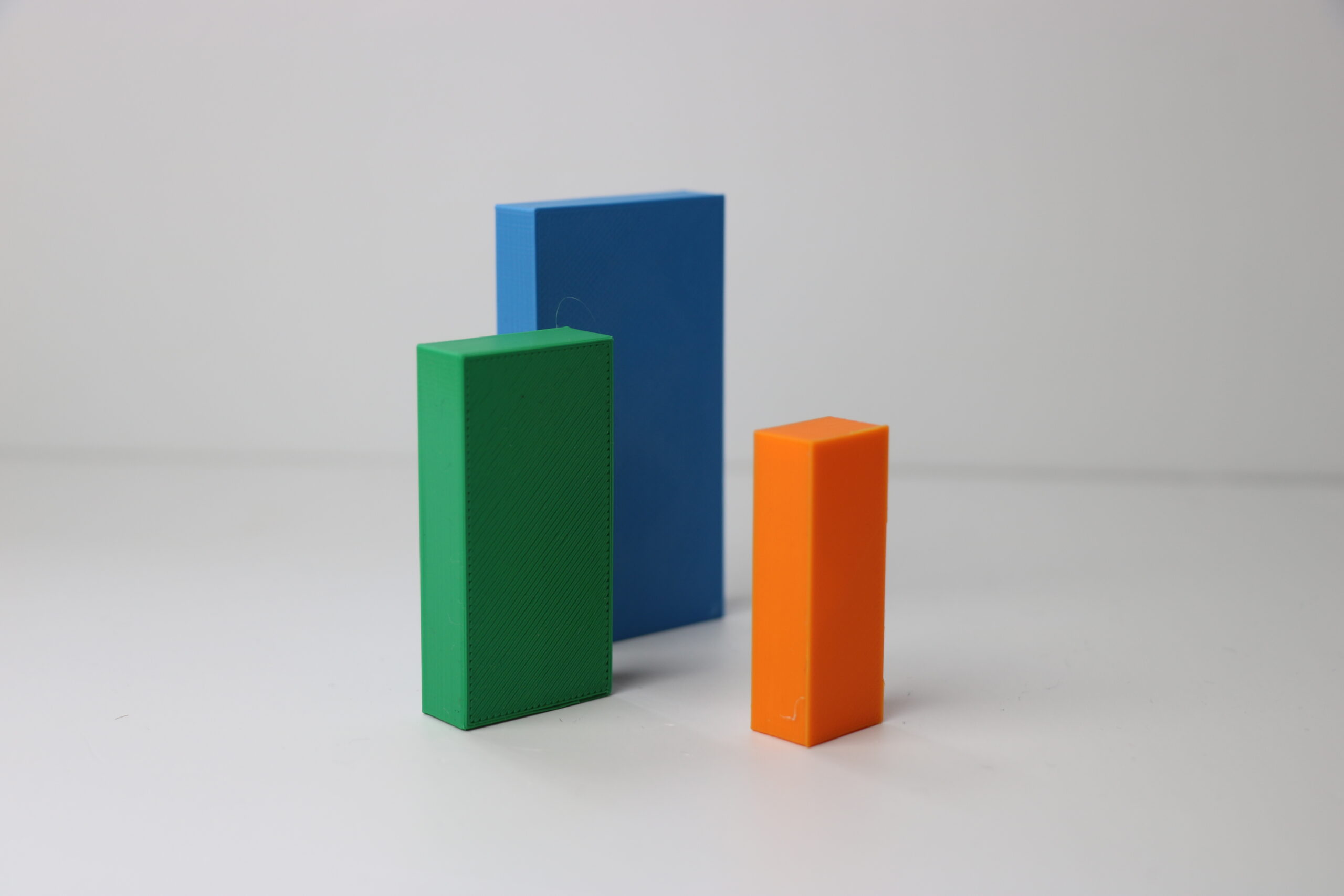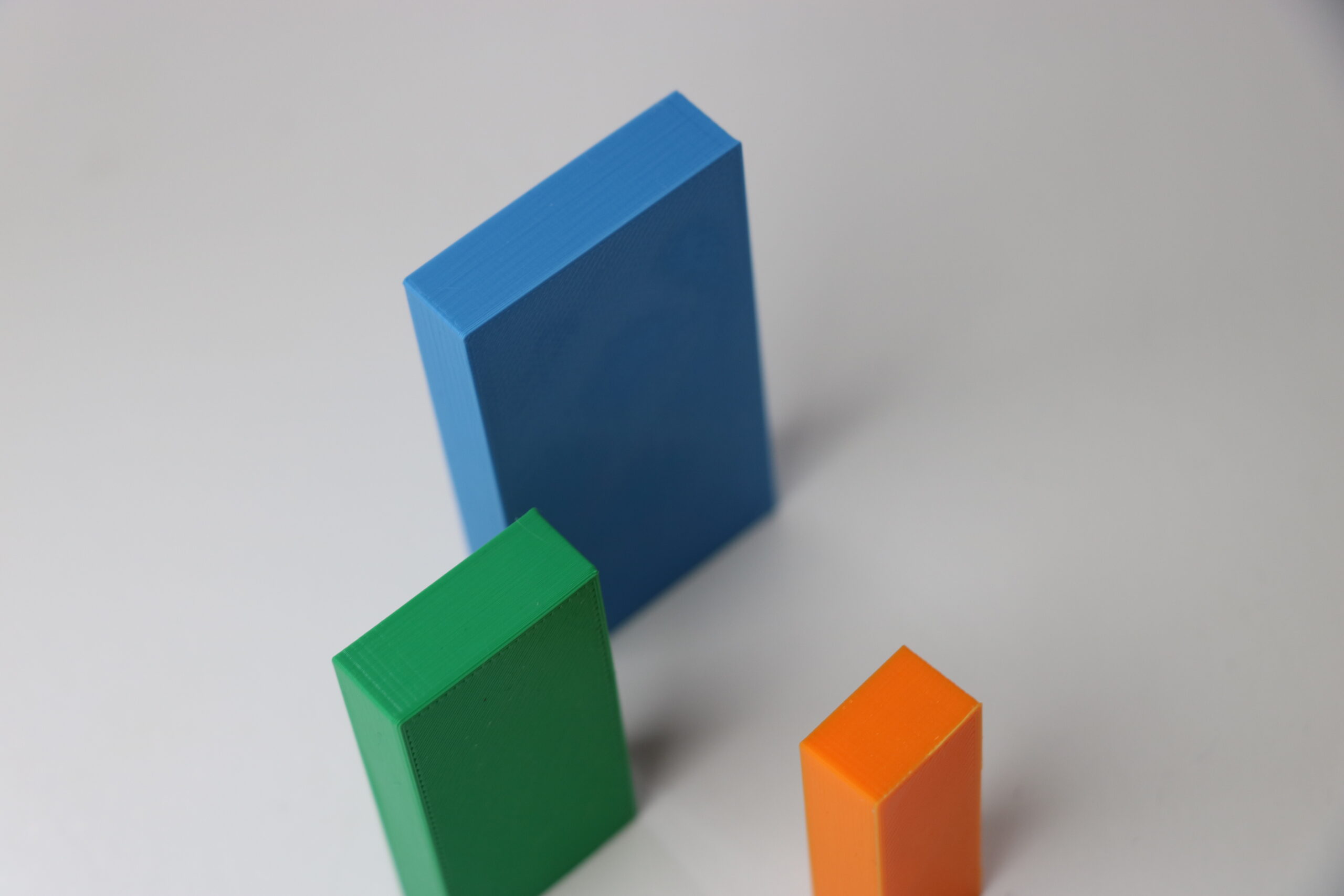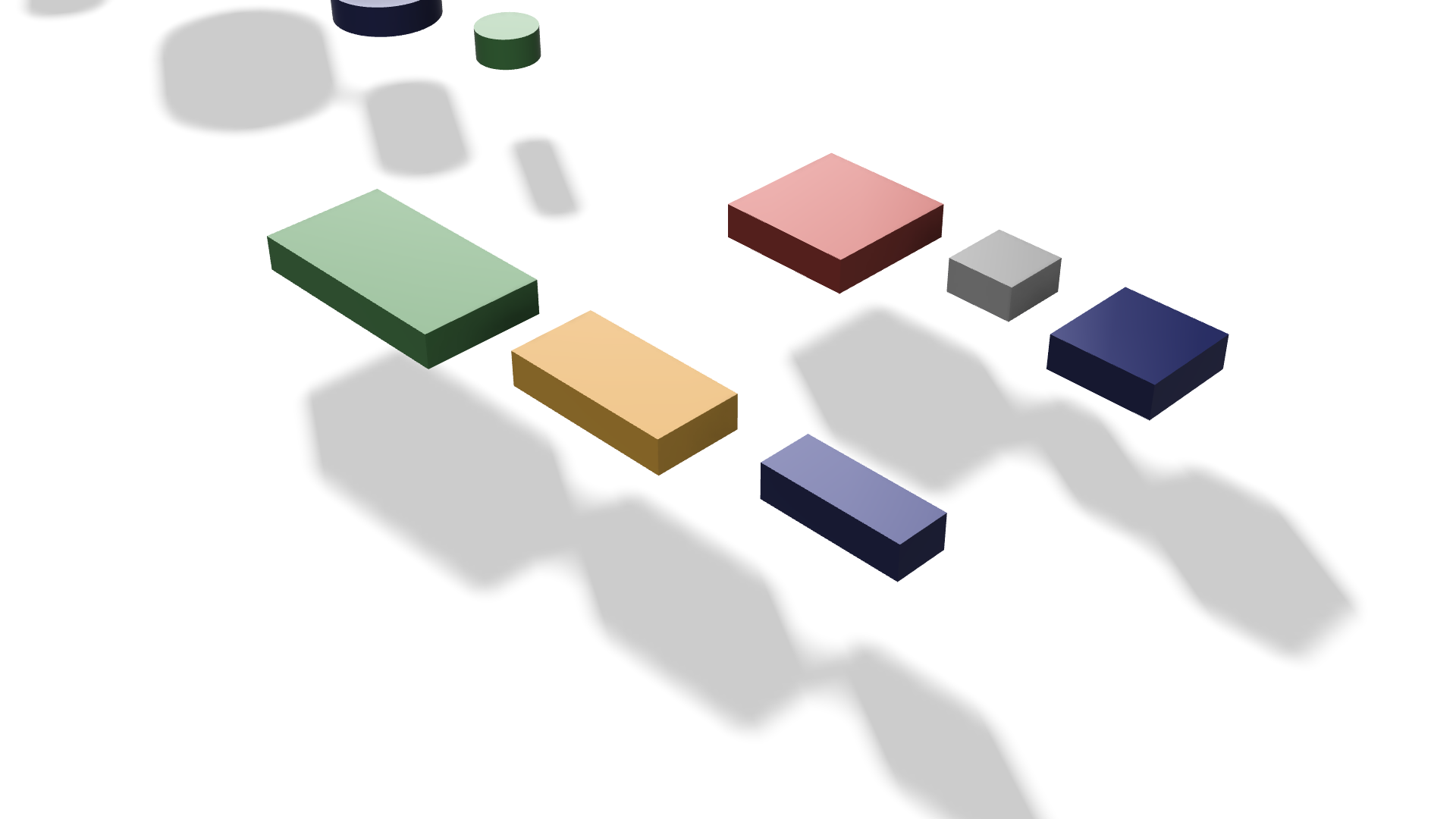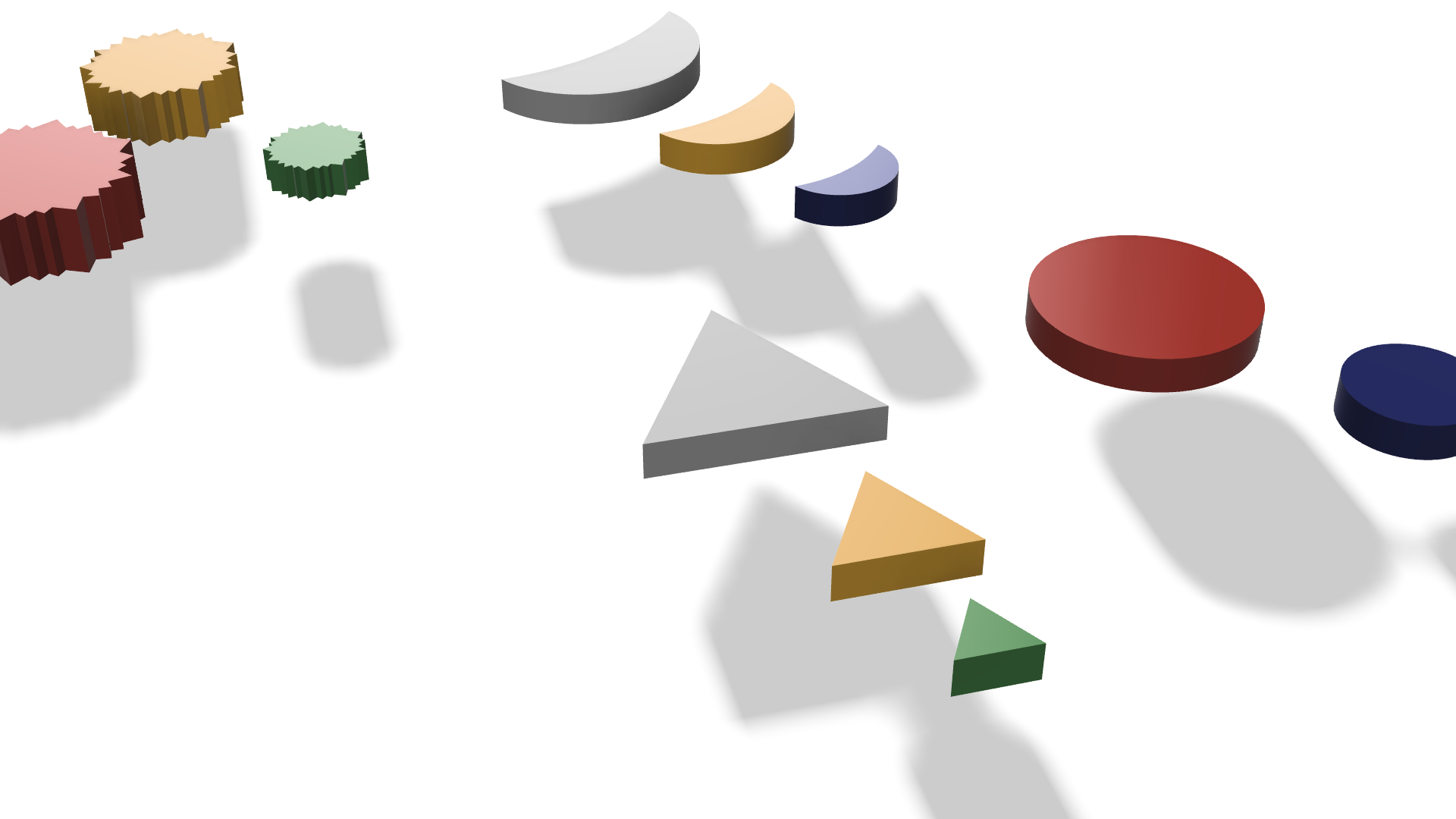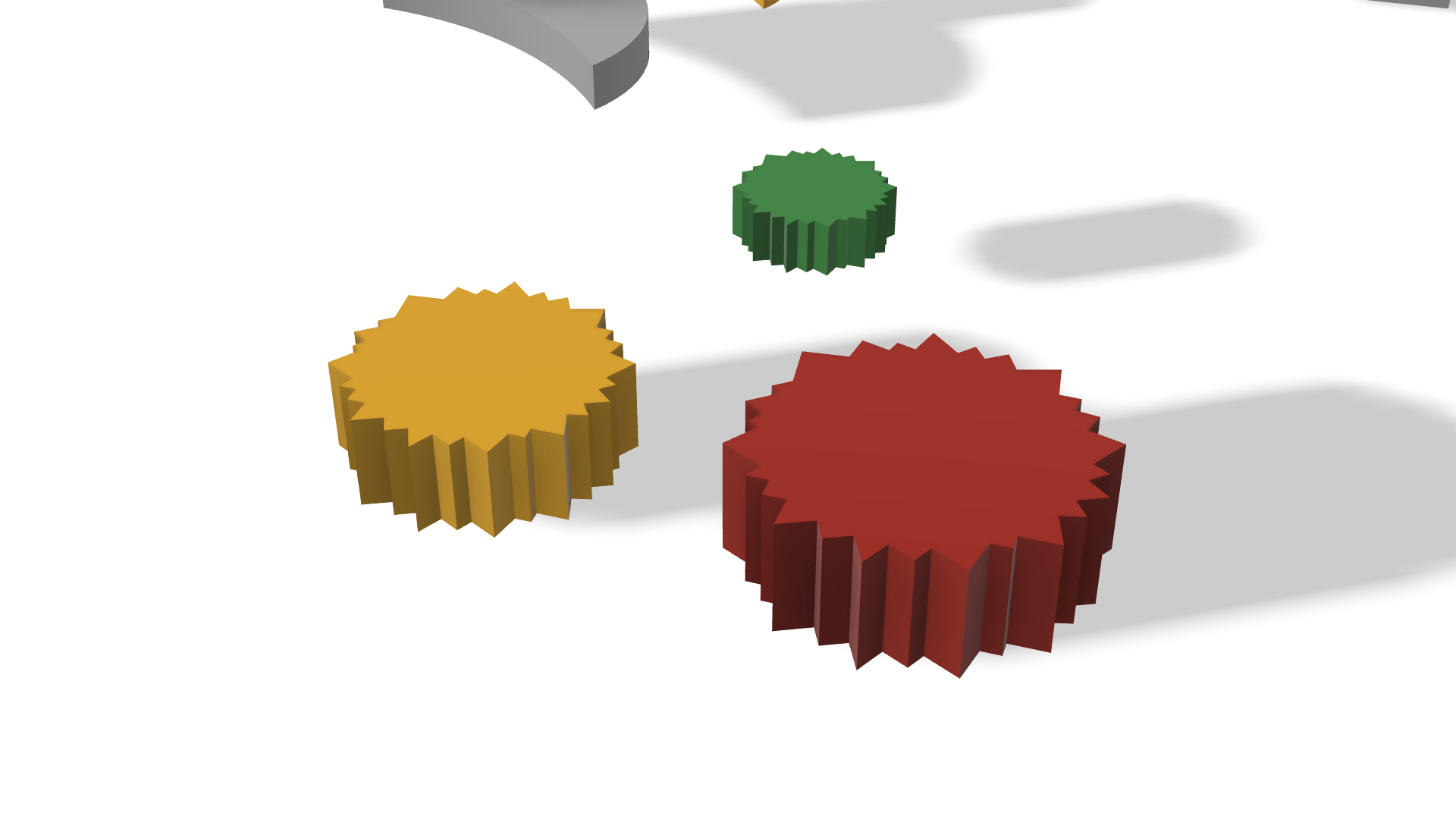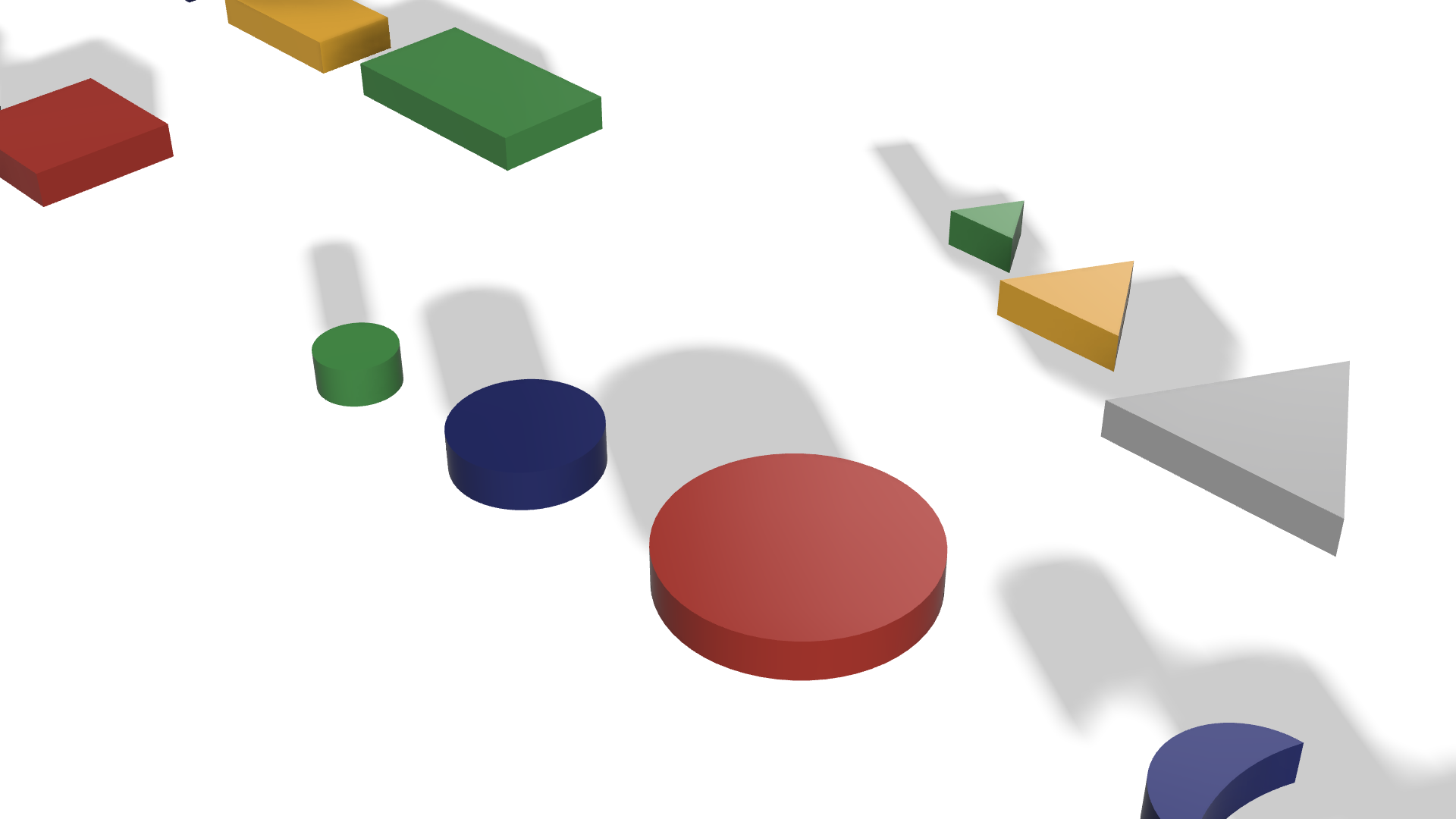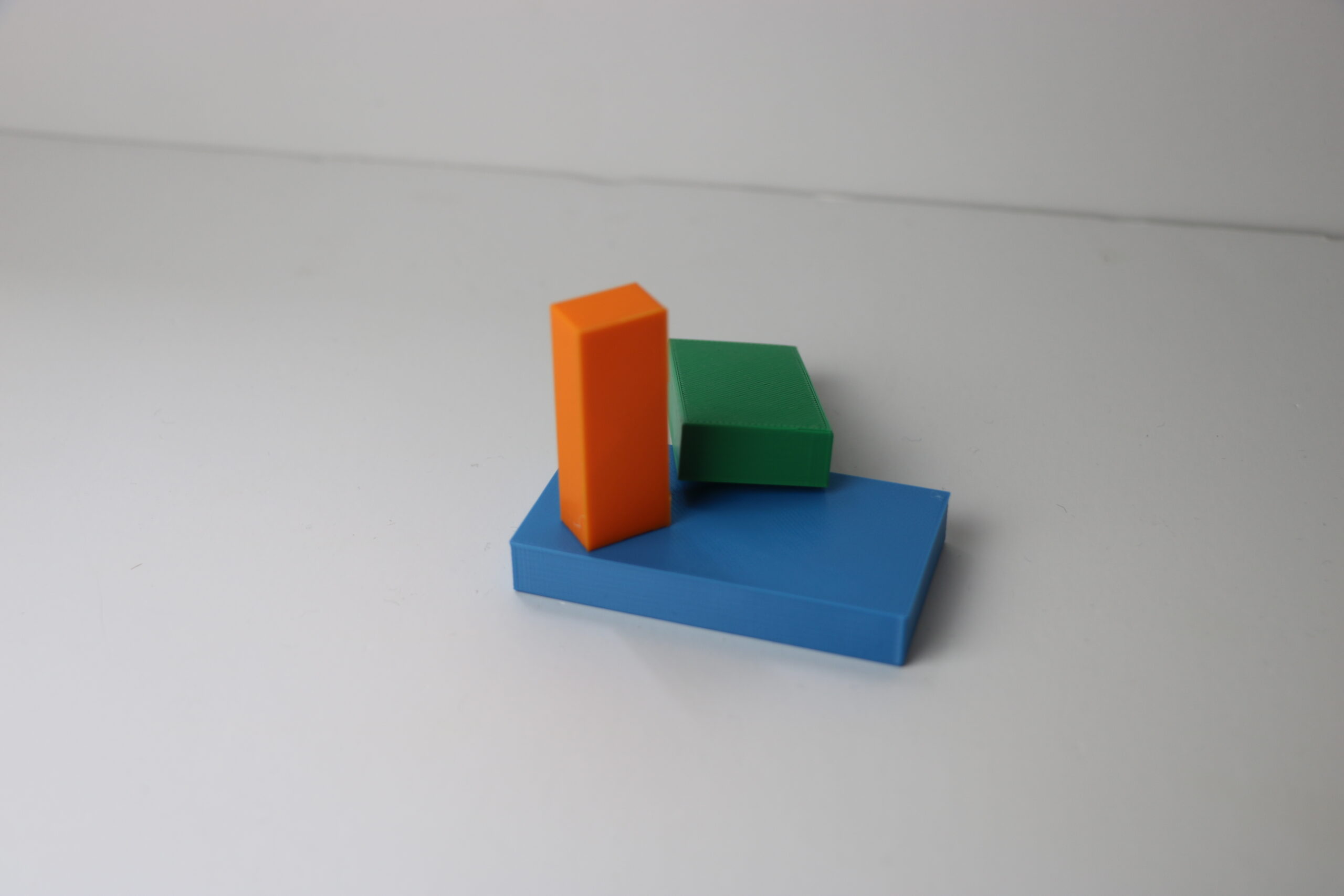
Circa
Nome di esercizio:
Fome e dimenzioni
A quale area cognitiva è correlata?
Concentrazione, Memoria di lavoro, Memoria tattile
Descrizione del l'esercizio:
Producing different kinds of simple and bidimensional objects, also
with different sizes, so the person has to find an unique object in
form, shape and size, given by another person. First of all, it will be
seen that object, subject will have some time to focus on the form,
shape and size and after that, it will be covered this object and the
subject needs to find the same object in a group of objects with
different forms, shapes and sizes.
It could be used in every stage of dementia, but in early stages, the
difficulty could be increased with several objects with similar
shapes or sizes. In late stages, it will be used popular forms without
difficulty.
INSTRUCTIONS
The facilitator spread on the table the different objects that it will
be used in this exercise. It is recommended that they are simple
and recognisable shapes such as circle, sun, moon, umbrella, etc.
with 4 different sizes. Facilitator or other participant has to select one object from the different options before the participant is in
front of the table.
When the object is selected, all other objects are moved aside, and
the chosen object is covered. Subject comes to the table and the
object is shown; the time available for the subject to see and touch
the object depends on the level of the stage of dementia, in early
stages could be given 15 seconds and this could be increased until
1 minute according to the specific case of the subject. Facilitator
tells the subject to focus on the shape and size of the object in order
to try to remind everything.
After that, it is proposed another exercise (it could be done any of
the other ones of this project) and after some time, it is prepared
all the objects in a table (including the selected one) and the subject
has to find the selected object between all the rest of objects, which
is the one with the same shape and size than the one that he/she
has seen before. Subject could see and touch every object and
he/she could use the time that he/she needs to do this activity.
Who is the game for – The game is suitable for professionals in a
day center and residential service, as well as for a family caring for
a loved one with dementia. It is suitable for people with mild to
moderate dementia.
Necessary materials – pre-made various figures to be reminded –
triangles, squares, circles, stars, clouds, moons, umbrellas etc. in
various sizes (it is recommended, at least, 4 different sizes). All
materials must be placed in the Memory Box. Difficulty could be
Increased with different colours or with similar objects with
slightly differences.
Preliminary preparation – All objects should be in the Box.
Participants – it could be between 1 and a group of 2 to more
people with the caregiver.
Location – Choose a quiet place where the person with dementia
and the person around you feel comfortable, e.g., around a dining
table or coffee table where the materials can be placed.
Presentation – explain what you will do together, in a calm and fun
way. Ask someone to take the materials out of the Memory Box. If
other subject is going to select the object, explain the objective of
the activity. After that, show the selected object to the person with
dementia and explain him/her that it is necessary to remind the
shape and size (or other characteristics if is necessary) and let
them time to do it. After other alternative activity, prepare all the
objects and give the instructions of finding the selected object
among all of the objects.
Congratulations on the nicely done job.
Come può questo modello essere utilizzato a casa e nelle case di cura/ case di cura residenziali?
La demenza colpisce le funzioni cognitive, l’identità personale, la memoria e la
concentrazione. Si sviluppa gradualmente e porta a un cambiamento della personalità. Le
persone con demenza hanno un problema con la memoria, che porta a ricordare difficoltà e
problemi con la parola, coordinamento, pensiero astratto, concentrazione, pianificazione,
orientamento per quanto riguarda il luogo e il tempo, frequenti sbalzi d’umore.
Potrebbe essere applicato in ogni luogo, facilitatore deve preparare l’esercizio considerando
i sintomi del soggetto, nel caso in cui i sintomi sono gravi, sarà utilizzato chiare differenze tra
gli oggetti e nei casi peggiori, il soggetto potrebbe avere più tempo per vedere e toccare
l’oggetto. Nel caso in cui debba essere utilizzato in gravi stadi di demenza, due copie di ogni
oggetto possono essere stampate e il soggetto può confrontare visivamente il modello con
tutti gli oggetti, al fine di selezionare quello che è identico.
Questo tipo di esercizio stimolerà
- Memoria di lavoro
- Memoria corta
- Concentrazione
- Memoria visiva e tattile
- Attenzione
- Discorso
è un’attività da fare con i membri della famiglia o anche con un caregiver formale. aiuterebbe
la persona a ricordare gli oggetti e le sue caratteristiche principali e a confrontare con oggetti
Pag. 6
simili per trovare lo stesso. Il soggetto deve essere focalizzato sui dettagli (forma, forma,
dimensioni…)
Quali benefici si possono ottenere con il suo utilizzo?
Questo esercizio aiuterà in diversi processi
- Utilizzare e allenare il lavoro e la memoria corta in un ambiente sicuro
- Utilizzare e allenare la memoria visiva e tattile in un ambiente sicuro
- Concentrazione
- Attenzione ai dettagli
Specifiche tecniche del modello
Tecnologia:
Materiale:
Colore (un pezzo di un colore):
Differenti colore
Dimensioni adatte per il suo utilizzo in aula (MM):
Altezza: 1cm
Dimenzioni: da 2cm x 2cm su 10cm x 10cm
Il pezzo deve essere resistente o sottoposto a sollecitazioni?
No
Dovrebbe essere stampato durante l'incontro con la persona con demenza, prima o dopo?
Prima
Devi dipingere il modello
No (tranne se il colore viene utilizzato come opzione)
Numero di pezzi di cui è composto il modello:
A seconda del numero di oggetti, ma ognuno è composto da 1 pezzo (si raccomanda 4 dimensioni in ogni oggetto)
Tipo di ensemble se necessario (slot, clip, avvitato ...)
No
Precisione e definizione richieste. (Qualità) Basso, medio o alto.
Midia
Immagini
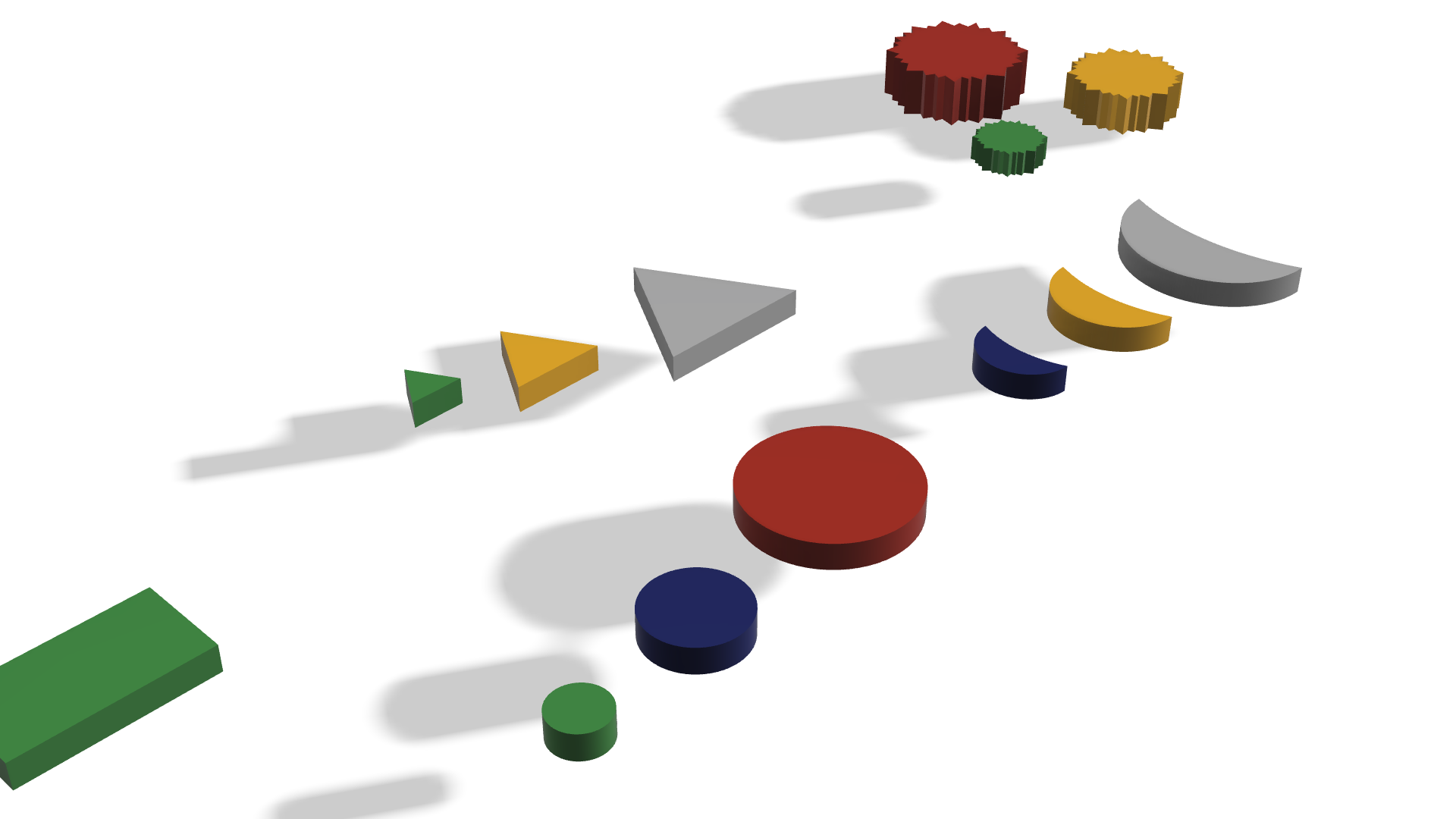
Visualizzatore di file STL
In bocca al lupo!

